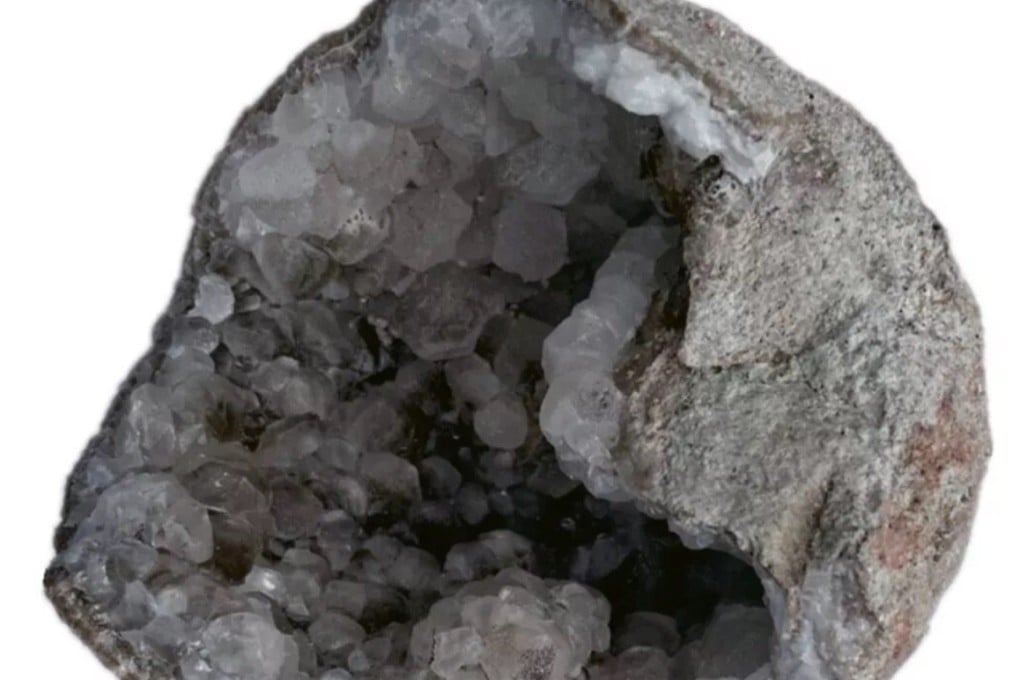Not the average geode: Chinese rocks filled with crystals turn out to be new species of dinosaur egg
- One of the eggs was broken, showcasing the stunning crystals inside
- The palaeontologists do not know what dinosaur was in the egg, which is fairly common for fossils

Taken by themselves, geodes are gorgeous, with the insides lined with crystals that add a sense of beauty and wonder to the rocks, and they become even more amazing when they are dinosaur eggs, as was the case of a recent discovery in eastern China.

The eggs were discovered in a portion of Anhui province with small mountains that feature large rock features. Scientists had previously found three eggs in the area. Two of them were housed at the Geological Museum of Tianzhu Mountain World Geological Park, while the third is currently missing.
The scientists wrote in the Journal of Palaeogeography, a peer-reviewed publication, that the discovery “extends the palaeogeographic distribution of the [family of fossil eggs].”
One of the fossilised eggs was broken in half, creating a spectacular geode display. The other egg was in better shape, and while it contained geodes, they were not as stunning as the broken egg.
By analysing the eggs, the scientists felt confident it was similar to other Shixingoolithus but different enough to represent a new species.